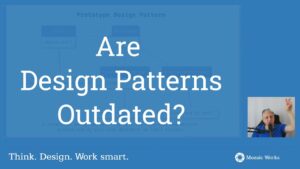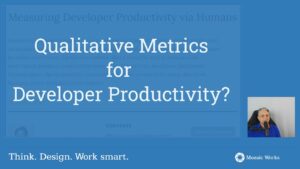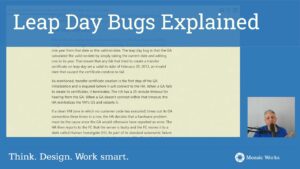You can’t just give someone a creativity injection. You have to create an environment for curiosity and a way to encourage people and get the best out of them. Ken Robinson
The ability to create something new, to get new business started, break boundaries with bold ideas or redefine the existing standards are among the perks of being a creative professional. Connecting the dots is no easy endeavour. The outstanding creative ideas many times:
- spring from small ideas
- require constant practice – creativity is just like a muscle, it needs constant training to obtain better results
- are inspired from other industries, from other ideas, or even from small talks near the coffee machine
Creativity has become an appanage of many public speeches and a prerequisite of each professional hat. In practice, companies do forget an important things: the investment in creativity is usually minimal; unfortunately nowadays, everything is focused more on productivity, rather than creativity.
Here comes the role of the manager: she can create and foster an environment that helps the teams becoming more creative, more eager to develop skills in this direction.
To easier enhance your creativity, here are three techniques you can start with:
Green Light/Red Light Thinking
The 6 Thinking Hats
Coined by Eduard de Bono, the 6 thinking hats techniques is a process, enabling the creative thinking. The technique involves “wearing” a different coloured hat: black, white, red, green, yellow, and blue. By trying the hats, the team can explore more situations and redirect the flow of ideas.
The 6 thinking hats, Eduard de Bono
Green Light/Red Light thinking
On one hand, Green Light (or think Captain Kirk model), just like the traffic light, is a metaphor expressing that any idea can work. The accent is on positive encouragement, generation of as many ideas as possible, no matter their status. On the other hand, the Red Light (or think Mr Spock model) is the metaphor for sober analysis of what will go and what will be put in practice.
Green Light thinking can be associated also with brainstorming, as it involves the generation of as many ideas as possible, encouraging people to think of solutions they might overlook in other conditions. For the Red Light thinking, it involves an evaluation of each potential solution through certain criteria. Andy Green synthesis the process like this:
Green Light Thinking
- Anything goes and is permissible
- The big picture is the context
- Positive impact of risk
- Emotional and intuitive
- Anything can happen in the future
- There is no evaluation or censorship of ideas
- There should be no selling of ideas
- The leader does not offer ideas
- The list is reviewed at the end of the session
Red Light Thinking
- Focus on analysis
- Bring in the judgement mentality
- Analyse practicalities
- See functionality – will it work?
- Asses the negative impact of risk
- Take a look at the details
- Examine what worked in the past
The Disney Strategy
This technique, inspired by Walt Disney strategy, focuses on a set of distinct stages to encourage creativity. According to this method, by using a specific flow builds parallel thinking that can be used to generate, evaluate, critique ideas and solve problems.
The stages are: the Dreamer, the Realist, the Critic.
When your team is in the stage of dreamers, allow them to brainstorm without any restraints. Ask questions like:
- What do we want?
- What is the solution?
- How do we imagine the solution?
- What are the benefits of applying this solution?
Next, switch to the realist stage: filter the dreams, organise them and act upon. The team switches the place and the mode to think in a more logical planning style, starting to work on how dreams can be translated into the real world.
During this stage, ask questions like:
- How can we apply this idea in reality?
- What is the action plan to apply the idea?
- What is the timeline to apply this idea?
- How to evaluate the idea?
Then move to the critic phase. Here is the stage in which the team evaluates the ideas. Help the participants with questions like:
- What could be wrong with the idea?
- What is missing?
- Why cannot be applied it?
- What are the weaknesses in the plan?
A long-term investment
Creative mindset is a must have in the today world. Work is done not just for the sake of work, but for us to leave a better and outstanding tomorrow.
Let your teams experiment. Encourage them to challenge the obvious and make the quest for creativity an on-going endeavour. Thus, they will make an outstanding contribution in your products, business and internal/external communities.
If you work hard enough and assert yourself, and use your mind and imagination, you can shape the world to your desires. Malcolm Gladwell
Let us know, by taking this short survey, what other information you consider useful. At the end of the survey, you will receive the checklist ‘5 Duties of a Leader‘.











